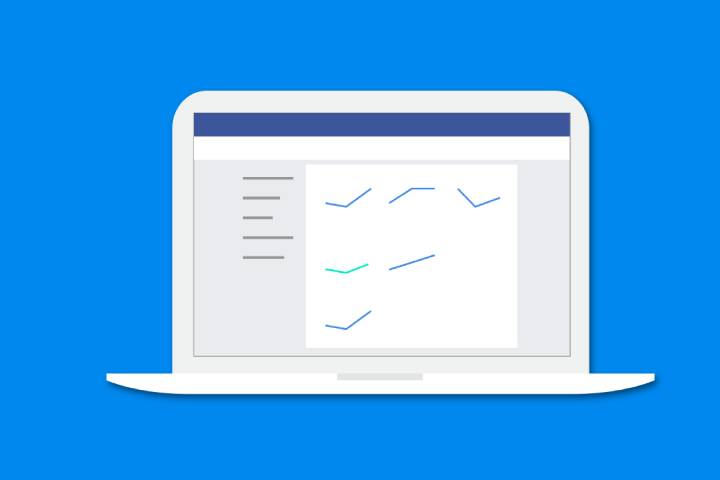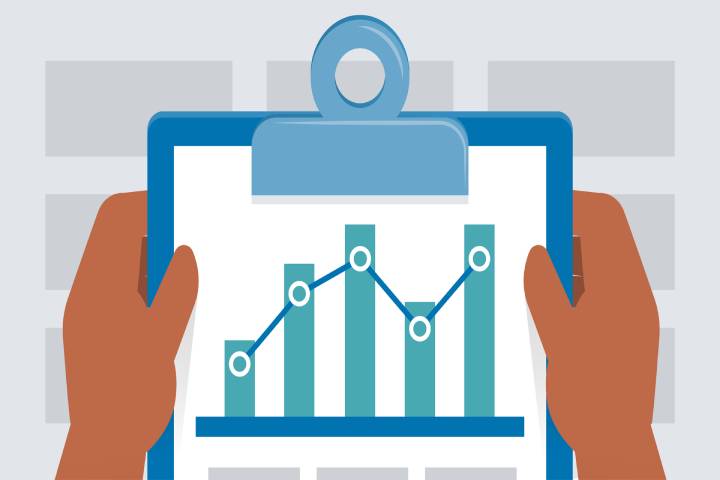Building a brand is no mean feat. It would help if you had numerous things in place to stand shoulder to shoulder with the competition online. Aside from a fantastic product, it would be best if you had an effective content marketing strategy, which is where Facebook marketing, learning how to build an email list on WordPress, etc., come into play.
If you are here, you’ve probably understood Facebook marketing’s value but are unsure about how to go about it. This article should tell you all you need to know about Facebook marketing and analytics.
1. What can you do to boost your Facebook Marketing?
There are numerous things you can do to kickstart your Facebook Marketing strategy. Here are some you can start with:
a. Set up a Facebook page

This step comes first. You cannot proceed until you set up a Facebook page for your brand. Setting up a page for your brand is the first step to building a presence on social media. A Facebook page boosts your credibility and enables people to contact you with ease.
You may upload a profile picture, cover photo, a concise bio of your brand, include links to your channel and website, work timings, location, and other essential details on your Facebook page. Facebook also allows you to have a Call-to-Action (CTA).
b. Get as many followers as possible.
Once you set up your page and fill up the essential details, invite as many people to your Facebook page as possible and get them to follow it. Also, ask your followers to share your page on their timelines.
c. Put out content consistently.
Posting content consistently is crucial to your success. No amount of marketing will take you places unless you put out valuable content. Be sure to post a piece of content every day to keep people in the loop. This is critical considering how low everyone’s attention span is in this day and age.
While quantity is necessary, do not compromise on the quality of your content in trying to put out many posts to gain traction. Work on quality and volume simultaneously, and you will have tons of followers before you know it.
d. Announce events and Go live
Going live and holding events is vital to create engagement with your followers. Be sure to conduct live sessions now and then, and interact with your followers. You could do Q&A sessions, talk about a new product launch, offers, sales, brand updates, and so on. You can promote your products massively if you purchase facebook followers. To get better smooth service, you can find the best place to buy Facebook followers.
However, you will have to promote it well in advance. Create an event page, fill in the necessary details, share the event, and get others to do it as well.
e. Facebook Analytics
Using Facebook analytics properly is critical to building your brand. Facebook Analytics allows you to track your page follows likes, actions on-page, and several other metrics, thereby making it an incredibly powerful tool to optimize your social media marketing strategy.
2. Which critical data metrics should you track?
Here are the primary parameters you should keep track of:
a. Post engagement and reach
This one is a no-brainer. You have to find out how well your posts do. In other words, you ought to determine how many people found your seats, interacted with them, or reported them as spam.
b. Pageviews
This data metric describes the number of views your page and the page sections get. This parameter is an important one to track.
c. Actions on your page
As mentioned, you should have CTA buttons on your page. This parameter shows you the actions people take when they check out your Facebook page.
d. People
If you want to have an effective content marketing strategy in place, you have to figure out your key demographic. Be sure to use Audience Insights for this.
e. Your posts
Besides putting out content, you need to continually track your posts to determine their performance to optimize them over time. Tracking your progress is instrumental in improving your content.
3. How do you Optimize your Facebook Analytics?
Now that you know which metrics to track, here are a few steps you can follow to optimize your Facebook Analytics:
Identify your target audience.
You should find out if the people visiting your page are a part of your target audience. How do you do this? Use the Audience Insights tool to get a detailed analysis and proceed.
a. Figure out when to post content
Contrary to what you’ve probably been thinking, posting content at the right time makes a difference. Putting out quality content is only a part of the game. Presenting it correctly and in the best manner and time possible plays a crucial role in boosting your visibility.
Go with expert recommendations if you are starting, but be sure to check the Facebook Analytics tool to get the insights you need and adjust accordingly.
b. Create and post content that works
It can be challenging to optimize your content strategy in the beginning due to a lack of reference. You will have to try different forms of content and eventually find something that sticks.
The more content you post content and take feedback, the more likely you are to find what works best for you. Be sure to track the posts that get negative engagement as you put out content. Click on the reach option to get details.
c. Track Facebook Insights regularly.
This is another thing you need to remember when you market your brand on Facebook. It would be best if you tracked your Facebook Insights incessantly. Checking your Facebook Insights once in a while will not do you much good.
Be sure to consult your Facebook Insights regularly as you post content. Click on the ‘Export Data’ option if you want to download a permanent record of your page data for the previous 180 days.
4. Conclusion | Facebook Marketing and Analytics
Here are the main things you should know if you are taking your brand to Facebook (as you should). These tips will help you kickstart your use of Facebook Marketing and Analytics, and you should see your results in no time if you put out excellent content and keep track of your analytics.
Tech Trends
Related posts
Leave a Reply Cancel reply
Hot Topics
Categories
- Ads (5)
- Animes (25)
- Artificial Intelligence (AI) (35)
- Augmented Reality (AR) (10)
- Automotive (9)
- Bitcoin (16)
- Blockchain (23)
- Business (244)
- Business Intelligence (3)
- Cloud Computing (23)
- Computer (127)
- Concrete Technology (1)
- Cryptocurrency (10)
- Cybersecurity (39)
- Data Science (9)
- Database (4)
- DevOps (6)
- Digital Marketing (76)
- Digital Workplace (14)
- Ecommerce (1)
- Education (28)
- Electric Vehicle (EV) (1)
- Electronics & Hardware (16)
- Entertainment (42)
- Fabrication (3)
- FAQ's (1)
- Finance & Marketing (47)
- Gadgets (34)
- Games (8)
- Gear (29)
- HTTPS (1)
- Industry (46)
- Information Technology (88)
- Internet (413)
- Internet of Things (IoT) (40)
- Job (25)
- Machine Learning (5)
- Marketing (92)
- Mobile Apps (21)
- Movies (11)
- Natural Language Processing (5)
- News & Trends (108)
- Programming (4)
- Science & Technology (233)
- Security (78)
- SEO (56)
- Services (36)
- Social Media (73)
- Software (97)
- Sports (1)
- Technology (304)
- Telecom (6)
- TikTok (5)
- Tours & Travels (9)
- Uncategorized (11)
- Virtual Reality (VR) (7)
- VoIP (4)
- Web Technology (42)
- Workforce (17)
- Workspace (6)



Stay connected